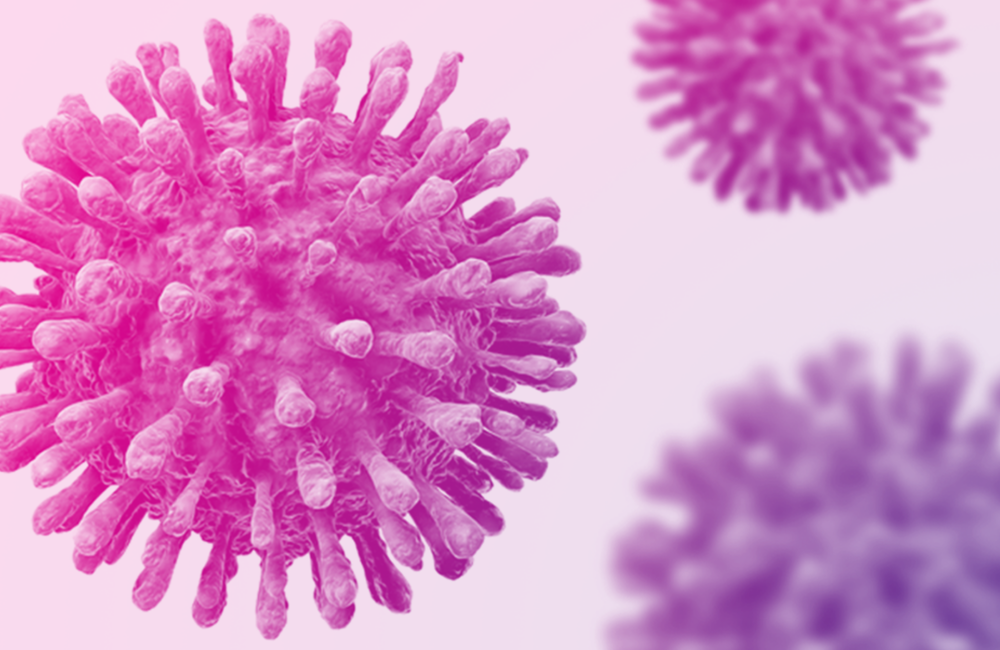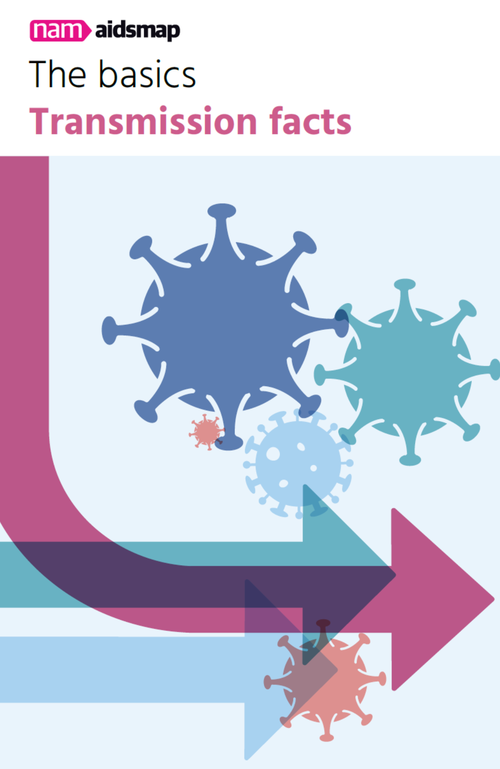
Key points
- The two main ways in which HIV is passed on are unprotected vaginal and anal sex.
- Condoms, PrEP and HIV treatment are effective ways of preventing HIV transmission.
- HIV can sometimes be transmitted through oral sex.
For HIV to be transmitted from one person to another, four conditions need to be met. If any one of these conditions are not met, HIV cannot be passed on.
Presence: One of the people involved must be HIV positive and HIV must be present in the person’s body fluid. HIV may be infectious in five body fluids: blood, semen, secretions in the vagina, secretions in the rectum, and breast milk. (HIV is not infectious in saliva, urine, faeces or tears.)
Quantity: HIV must be present at sufficient levels to cause infection. Medication used to treat HIV can reduce the level of HIV to extremely low, ‘undetectable’ levels. At undetectable levels, HIV can not be transmitted during sex.
Route: The body fluid containing HIV has to get into the body of the other person through an effective route. Unbroken skin forms an effective barrier, but an open wound could provide a point of entry. Mucous membranes are important points of entry – these are the moist membranes lining body cavities that are not protected by dry skin, including the rectum, vagina, urethra, and the underside of the foreskin.
Susceptibility: Finally, immune system cells which are vulnerable to infection must be present at the site of entry. Mucous membranes typically contain many of these cells.
When all of these four conditions are met, HIV may be transmitted. This is a possibility, rather than a certainty – HIV is not transmitted on each and every occasion.
Higher-risk activities
The following are well-established, significant modes of HIV transmission. There is clear biological and epidemiological evidence that these are the main ways in which HIV is passed on.
The two main sexual activities are:
- Unprotected vaginal intercourse with an HIV-positive person who does not have an undetectable viral load. Between cisgender men and women, HIV can be passed on to either a male or female partner, although the risk is greater for a female partner.
- Unprotected anal intercourse with an HIV-positive person who does not have an undetectable viral load. HIV can be passed on to either an insertive partner (‘top’) or a receptive partner (‘bottom’), but the risk is greater for a receptive partner.
Across the world, significant numbers of HIV transmissions also occur through:
- Sharing unsterilised injecting equipment which has been previously used by someone who is HIV positive.
- During pregnancy, childbirth or breastfeeding, from the HIV-positive parent who is not taking HIV treatment to their baby.
- Receiving donated blood, organs, or injections with unsterilised needles in countries with inadequate screening and infection control procedures.
Lowering the risk of sexual transmission
There are several protective measures which dramatically reduce the risk of HIV transmission during sex. You can find out more about these on other pages.
Undetectable viral load: when people with HIV take effective treatment, the amount of HIV in their body fluids falls drastically, to the point where they cannot pass HIV on to their sexual partners. An extremely low level of HIV in body fluids is referred to as an ‘undetectable viral load’. The knowledge that this prevents transmission is often referred to 'Undetectable equals Untransmittable' (or U=U).
PrEP: if the HIV-negative person takes antiretroviral medications as pre-exposure prophylaxis (PrEP), this significantly reduces the risk of acquiring HIV. The most common form of PrEP is in a tablet, but it can also be provided as a vaginal ring or an injection.
Condoms: if male condoms or female condoms are used, this significantly reduces the risk of acquiring HIV.
Male circumcision: if you are circumcised, this partially lowers your risk of acquiring HIV during vaginal sex.
Factors that increase the risk of sexual transmission
Not every act of unprotected sex with an HIV-positive person results in HIV transmission. (In fact, for many sexual acts the risk is around 1 in 1000.) But other factors can make HIV transmission more likely.
If the HIV-negative person has an untreated sexually transmitted infection (such as chlamydia or gonorrhoea), the risk is greater.
Just as HIV treatment and an undetectable viral load prevents HIV transmission, a high viral load makes it more likely. ‘Viral load’ refers to the quantity of HIV in a person’s body fluids. It is extremely high in the first few weeks after a person is first infected with HIV. It may also be high if a person does not take HIV treatment and has advanced disease. People who have HIV without realising it cannot take HIV treatment, so there is a strong possibility that they have a high viral load.
HIV transmission through other sexual activities
HIV is also sometimes transmitted during oral sex (fellatio). It may occasionally be passed from an HIV-positive person to someone sucking their penis. (Other forms of oral sex are considered to be either low-risk or no-risk.)
Oral sex is much less risky than vaginal or anal sex, but it is not risk free. The risk depends on the viral load of the person with HIV, the dental health of the person performing oral sex and untreated sexually transmitted infections.
"Not every act of unprotected sex with an HIV-positive person results in HIV transmission."
HIV can be transmitted by sharing sex toys such as dildos or butt plugs. They should be covered with condoms or disinfected between use by different people.
Impossible routes of HIV transmission
HIV transmission through the following activities is biologically implausible and there have been no documented cases.
There is no risk of HIV being passed on through: coughing, sneezing or spitting; kissing, hugging or shaking hands; sharing cutlery, plates or cups; breathing the same air; using the same lavatory; mosquito or animal bites.

